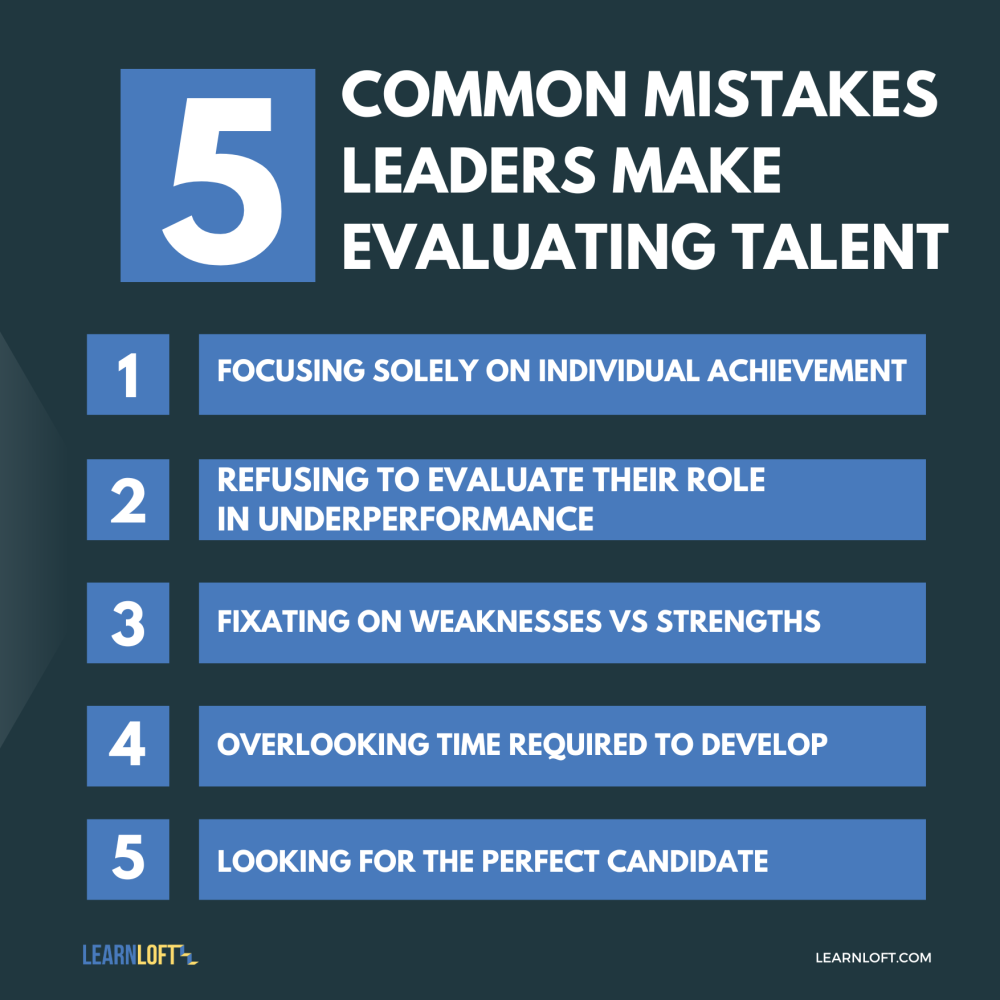

Leaders waste so much time, energy, and effort evaluating team members. They are making a critical topic much more complicated than it needs to be.
Talent matters. The quality of character, ability of skills, and how people work together is more often than not the difference between a team’s success and failure. Which is why the most important question a leader answers is, “Do I have the right team members?”
It’s no secret that newly appointed leaders evaluate this question immediately after accepting a new job. (Some even use it as a significant criterion before they take a role) Established leaders are constantly assessing the quality of the talent on their team because they know that leading teams successfully comes down to a key idea: Finding highly talented people who continually improve and getting them to work well together.
Leading teams successfully comes down to a key idea: Find highly talented people who continually improve and get them to work well together.
John Eades Tweet
I have written before about the 45-Day Talent Rule, which is powerful, but after further reflection, study, and experience, it is even too complicated.
Before we get to the most straightforward way, it’s essential to look at the common mistakes leaders make in evaluating talent:

Everyone is guilty of one or more of these at some point or another. So, if you find yourself making these mistakes, don’t fret. Focus on the one you are most guilty of making and commit to doing it differently next time.
Ok, now what you came for? What’s this cheat code to help you evaluate talent? During a recent episode of the Tim Ferriss Podcast, guest Reed Hastings , founder of Netflix, shared an idea I can’t get out of my head. Ferriss asked him, “In the early days, which principles in the Netflix culture doc were most important to permeate the organization?”
“Almost every organization has some fantastic people, but it’s an incredible feeling when everyone in a company is amazing though. It was a big part of our high-performance culture. This was best delivered by the Keeper Test. When I was eight years old, I caught a large fish, and my dad said, ‘That’s a keeper!’ I always remembered that. So the Keeper test is when someone is thinking about quitting, do we try to change their mind to keep them? Or would we say, bummer, but go ahead?
He continued, “So, we wanted to fill the company with people we would fight to keep. What we would say is, if we wouldn’t fight to keep someone, we should proactively give them a severance package and try to find someone we would fight to keep.”
There is a lot to unpack here, but the “Keeper Test” is leadership gold.
Instead of making talent evaluation so complicated, ask yourself one question, "Would I fight to keep this team member?" You only have the right team member if the answer is a simple yes.
Reed Hastings Tweet
Closing
Simple is almost always better. However, I know everything isn’t always black and white, and there is usually a stroke of grey when it comes to people. There are all kinds of complexities related to finances, having people to do the work, and giving people time to improve. This is precisely why leadership is more art than science, and I trust you are in your current position for a reason.
However, remember your responsibility is to find highly talented people who continually improve and get them to work well together. Look at the data, use your experience, trust your judgment, and then ask yourself one simple question, “Would I fight to keep them?”
64-Day Excellence Planner: The most important decision you make every day is what you focus on. Get the 64-Day Excellence Planner to help you stay focused on the most important things and achieve your goals.
Communication to Demonstrate Care: Get the tool to ask better questions to team members to reduce voluntary employee turnover. Download it for free.
The Leadership Lens Newsletter: If you like this newsletter, you will love John’s three weekly leadership principles. Join over 20,000 readers of the Leadership Lens Newsletter for free.
About the Author John Eades is the CEO of LearnLoft, a leadership development helping companies improve performance through leadership. He was named one of LinkedIn’s Top Voices. John is also the author of Building the Best: 8 Proven Leadership Principles to Elevate Others to Success. You can follow him on Instagram @johngeades.
Copyright © 2024 Learnloft.com
Subscribe now to keep reading and get access to the full archive.